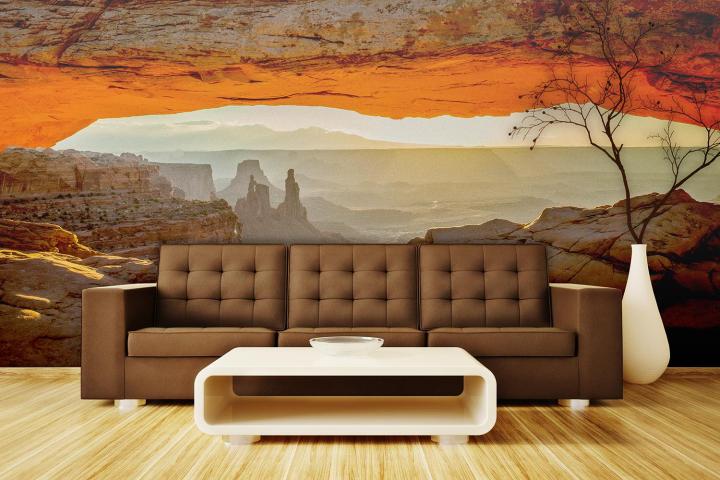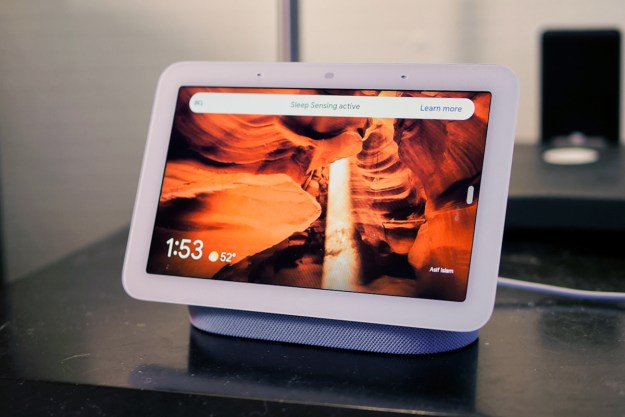
A patent awarded to Google on April 21 suggests that day is coming. The search-engine giant has outlined a projection system that can display images on a painted wall, using photo-reactive paint, according to Quartz. It may not sound remarkable at first, but when you consider the fact that a standard wall could be turned into a digital display, it all becomes a bit futuristic.
The projector would emit a beam of light that produces a “theme,” according to Google’s patent. When the light hits the wall, the paint would change into something similar to a screensaver or desktop wallpaper. A computer or smartphone would be used to control the technology. The wall itself would work like “e-ink,” changing only when the user projects a new image.
According to the patent, a user could project numerous themes onto a photo-reactive wall. For instance, scenes of the outdoors can mimic nature and weather. If sports are more of your thing, you can project live scores onto the wall. In October, your wall could become a “creepy” Halloween scene, according to the patent. The spider web would even display so it wouldn’t encroach on the farmed photo of the family’s last vacation that’s hanging on the wall.
Another highlight of the patent suggests that the technology would be able to update images frequently enough to support video. However, there’s no telling if the projector would have this feature, or any of these abilities for that matter. In fact, Google said in a statement to Quartz, “Prospective product announcements should not necessarily be inferred from our patents.”
The company went onto say that it holds onto patents for a variety of ideas, but not all of them turn into products for the retail market. Does this mean that we will never see a futuristic wall from Google? Not necessarily, but you never can tell with that company.
Editors' Recommendations
- SimpliSafe is now using AI to prevent burglars from entering your home
- Home Depot’s Hubspace is a great way to start building your smart home
- How to use the Google Home app on a computer
- The most common Google Nest Mini problems and how to fix them
- How to turn your old phone into a security camera


